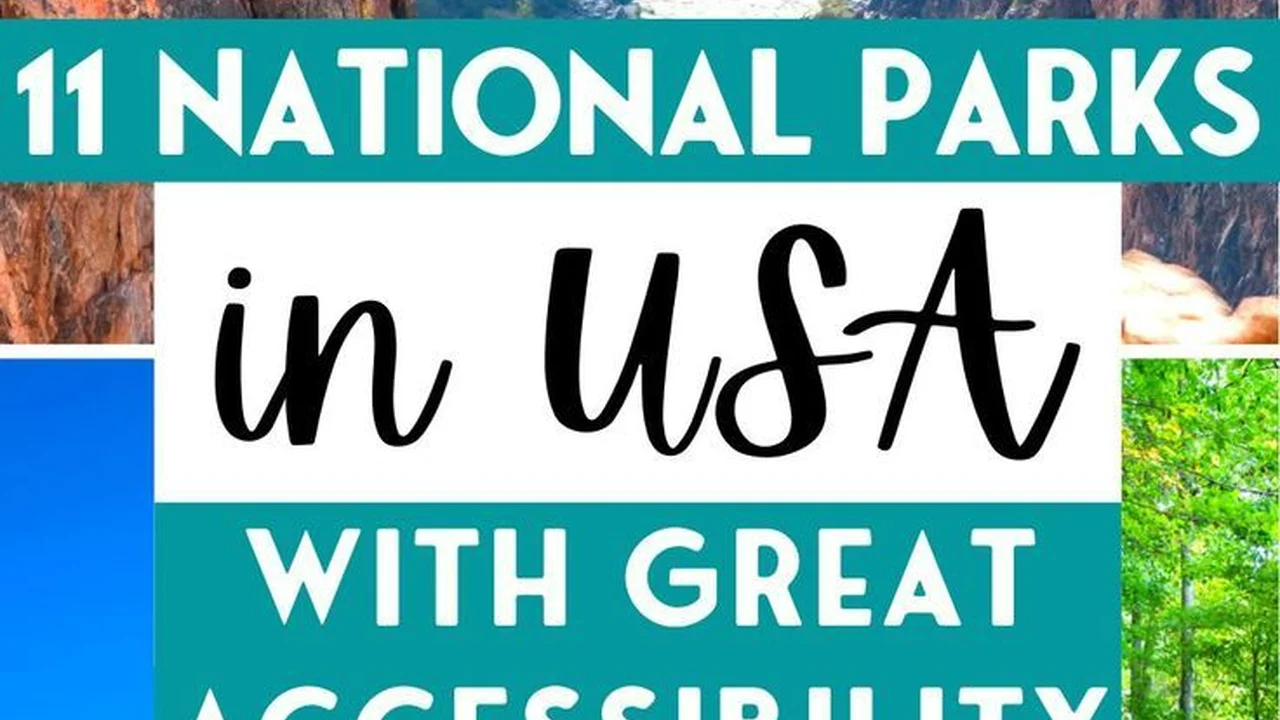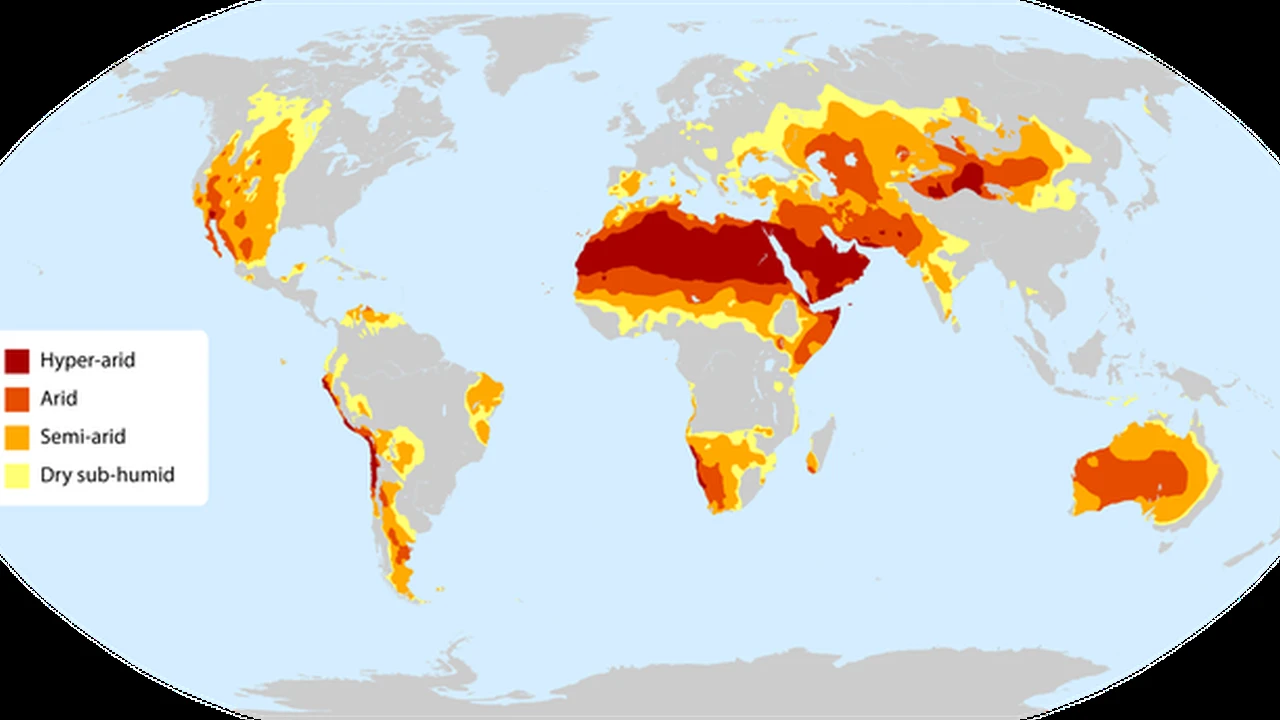Accessibility_ National Parks for All Visitors

Understanding the Need for Accessible National Parks in California
California's National Parks are treasures, offering breathtaking landscapes, diverse ecosystems, and unparalleled recreational opportunities. But are these wonders truly accessible to everyone? The reality is that many individuals with disabilities face significant barriers when trying to experience these natural wonders. Accessibility isn't just about ramps and elevators; it's about creating an inclusive environment where everyone, regardless of their physical abilities, can fully participate and enjoy the beauty of California's National Parks. This article delves into the importance of accessible national parks, the challenges faced, and the exciting advancements being made to ensure that these spaces are truly for all.
Accessibility in national parks encompasses a wide range of considerations, including physical access to trails, restrooms, visitor centers, and campgrounds. It also includes providing accessible information, such as braille maps, audio descriptions, and sign language interpretation. Furthermore, accessibility extends to creating inclusive programs and activities that cater to diverse needs and abilities. By prioritizing accessibility, we not only enhance the experience for individuals with disabilities but also create a more welcoming and inclusive environment for all visitors.
Challenges to Accessibility in California National Parks
Despite ongoing efforts, significant challenges remain in making California's National Parks fully accessible. The very nature of these parks, with their rugged terrain, steep slopes, and remote locations, presents inherent difficulties. Existing infrastructure may not be easily adaptable to meet accessibility standards, and the cost of retrofitting or constructing new accessible facilities can be substantial. Here are some specific challenges:
- Physical Barriers: Uneven trails, steep inclines, lack of ramps and elevators, and inaccessible restrooms are common physical barriers that prevent individuals with disabilities from fully enjoying the parks.
- Information Accessibility: Many park brochures, maps, and websites lack accessible formats, such as braille, large print, or audio descriptions. This makes it difficult for individuals with visual impairments to plan their visits and navigate the parks.
- Transportation: Limited accessible transportation options within the parks can restrict access to certain areas for individuals who rely on wheelchairs or other mobility devices.
- Communication Barriers: Lack of sign language interpretation and other communication aids can create barriers for individuals who are deaf or hard of hearing.
- Funding Constraints: Limited funding often hinders efforts to improve accessibility, as resources are needed for other park maintenance and preservation projects.
Solutions and Advancements in Accessible Park Design
Fortunately, significant progress is being made to overcome these challenges and create more accessible national parks in California. Innovative design solutions, technological advancements, and a growing awareness of the importance of inclusivity are driving positive change. Let's explore some of these solutions:
- Accessible Trail Design: Creating trails with gentle slopes, smooth surfaces, and resting areas can make hiking accessible to a wider range of abilities. Using materials like compacted gravel or recycled rubber can provide a stable and comfortable surface for wheelchairs and other mobility devices.
- Universal Design Principles: Applying universal design principles to new construction and renovations ensures that facilities are usable by people of all abilities. This includes features like automatic doors, accessible restrooms, and adjustable-height counters.
- Assistive Technology: Utilizing assistive technology, such as audio descriptions, braille maps, and accessible websites, can greatly enhance the visitor experience for individuals with disabilities. Many parks are now offering downloadable audio guides and interactive maps optimized for screen readers.
- Accessible Transportation: Providing accessible shuttle buses and trams can make it easier for individuals with mobility impairments to explore different areas of the park.
- Training and Awareness: Training park staff on disability awareness and etiquette can help create a more welcoming and inclusive environment for all visitors.
Specific Examples of Accessible Features in California National Parks
Several California National Parks have implemented impressive accessibility features. Here are a few examples:
- Yosemite National Park: Yosemite Valley offers accessible trails, shuttle buses, and lodging options. The Lower Yosemite Fall Trail is a paved, accessible path leading to stunning views of the waterfall.
- Sequoia & Kings Canyon National Parks: The General Grant Tree Trail is a paved, accessible trail that winds through a grove of giant sequoias. The Grant Grove Village offers accessible lodging and dining options.
- Death Valley National Park: While the extreme environment presents challenges, Death Valley offers accessible viewpoints, restrooms, and visitor centers. The Harmony Borax Works Interpretive Trail is a relatively flat and accessible path.
- Channel Islands National Park: Island Packers Cruises offers accessible boat tours to the Channel Islands. Anacapa Island has a paved, accessible trail leading to the lighthouse.
Product Recommendations for Enhancing Accessibility in National Parks
To further enhance the accessibility of California National Parks, several products can be utilized by both park management and visitors. Here are some recommendations, along with use cases, product comparisons, and detailed information including pricing (estimated and subject to change):
Accessible Trail Surfaces: Flexi-Pave vs. Terra Pave
Use Case: Creating accessible trails that are durable, environmentally friendly, and compliant with ADA guidelines.
Product Comparison:
- Flexi-Pave: A porous paving material made from recycled tires. Offers excellent drainage, reducing puddling and ice formation. Provides a comfortable walking surface and can be customized with different colors and textures.
- Terra Pave: A stabilized decomposed granite product. Creates a natural-looking, permeable surface. Requires regular maintenance to prevent erosion and maintain accessibility.
Detailed Information:
- Flexi-Pave:
- Price: $15 - $25 per square foot (installed)
- Pros: Excellent drainage, durable, customizable, made from recycled materials.
- Cons: Higher initial cost than Terra Pave.
- Supplier: KBI Flexi-Pave
- Terra Pave:
- Price: $5 - $10 per square foot (installed)
- Pros: Natural look, permeable, lower initial cost.
- Cons: Requires regular maintenance, less durable than Flexi-Pave.
- Supplier: Terra Pave International
Assistive Listening Devices: Williams Sound Pocketalker Ultra vs. Oticon Opn S
Use Case: Providing assistive listening devices for visitors with hearing impairments during ranger talks, guided tours, and presentations.
Product Comparison:
- Williams Sound Pocketalker Ultra: A personal amplifier with headphones. Simple to use and affordable. Ideal for one-on-one conversations or small group settings.
- Oticon Opn S: A more advanced hearing aid that connects wirelessly to a microphone worn by the speaker. Provides clearer and more natural sound quality. Suitable for larger groups and noisy environments.
Detailed Information:
- Williams Sound Pocketalker Ultra:
- Price: $150 - $200
- Pros: Affordable, easy to use, portable.
- Cons: Limited range, not ideal for noisy environments.
- Supplier: Williams Sound
- Oticon Opn S:
- Price: $2,000 - $4,000 per pair (including professional fitting)
- Pros: Excellent sound quality, wireless connectivity, noise reduction.
- Cons: Expensive, requires professional fitting.
- Supplier: Oticon (available through audiologists)
Accessible Transportation: Elkhart Coach ECII vs. BraunAbility UVL
Use Case: Providing accessible transportation within the park for visitors with mobility impairments.
Product Comparison:
- Elkhart Coach ECII: A small to medium-sized shuttle bus with a wheelchair lift. Ideal for transporting small groups of visitors.
- BraunAbility UVL: A wheelchair lift that can be installed in a variety of vehicles, from vans to buses. Provides a convenient and reliable way to access vehicles for individuals using wheelchairs.
Detailed Information:
- Elkhart Coach ECII:
- Price: $80,000 - $120,000 (depending on configuration)
- Pros: Purpose-built for passenger transport, comfortable seating, wheelchair lift.
- Cons: Higher initial cost, requires specialized maintenance.
- Supplier: Elkhart Coach
- BraunAbility UVL:
- Price: $10,000 - $20,000 (installed)
- Pros: Versatile, can be installed in various vehicles, relatively affordable.
- Cons: Requires vehicle modification, may reduce seating capacity.
- Supplier: BraunAbility
Accessible Picnic Tables: National Recreation Systems ADA Picnic Table vs. UltraSite ADA Picnic Table
Use Case: Providing accessible picnic tables at rest areas and campgrounds throughout the park.
Product Comparison:
- National Recreation Systems ADA Picnic Table: Constructed with durable, weather-resistant materials. Features extended tabletop space for wheelchair access and a comfortable seating height.
- UltraSite ADA Picnic Table: Offers a similar design with a focus on durability and ease of maintenance. Available in various colors and styles to blend with the natural environment.
Detailed Information:
- National Recreation Systems ADA Picnic Table:
- Price: $500 - $800
- Pros: Durable, weather-resistant, ADA compliant.
- Cons: Can be heavy to move.
- Supplier: National Recreation Systems
- UltraSite ADA Picnic Table:
- Price: $600 - $900
- Pros: Durable, easy to maintain, various color options.
- Cons: Price slightly higher.
- Supplier: UltraSite
The Future of Accessibility in California National Parks: Technology and Innovation
The future of accessibility in California National Parks is bright, with ongoing advancements in technology and a growing commitment to inclusivity. Virtual reality (VR) experiences can allow individuals who are unable to physically visit the parks to explore their beauty from the comfort of their homes. Artificial intelligence (AI) can be used to develop personalized accessibility plans and provide real-time information on accessible routes and facilities. Furthermore, advancements in robotics could lead to the development of assistive devices that can navigate challenging terrain and provide support for individuals with mobility impairments. By embracing these innovations, we can create a future where California's National Parks are truly accessible to all.
Advocacy and Support: How to Get Involved
Improving accessibility in California National Parks requires ongoing advocacy and support. Individuals can get involved by contacting their elected officials and urging them to prioritize funding for accessibility projects. They can also volunteer their time to assist with accessibility audits, trail maintenance, and other park-related activities. Furthermore, individuals can support organizations that advocate for disability rights and promote inclusivity in outdoor recreation. By working together, we can ensure that California's National Parks remain a source of inspiration and enjoyment for generations to come.
Resources for Planning an Accessible Visit to California National Parks
Planning an accessible visit to California National Parks requires careful preparation and research. The National Park Service website provides detailed information on accessibility features at each park, including trail maps, restroom locations, and lodging options. Several organizations also offer resources and support for individuals with disabilities who are planning outdoor adventures. These resources can help visitors identify accessible trails, find accessible lodging, and connect with other individuals who share their passion for the outdoors. Here are some valuable resources:
- National Park Service Accessibility Website: Provides information on accessibility features at all National Parks.
- Disabled Hikers: Offers resources and support for hikers with disabilities.
- Access Northern California: Provides information on accessible travel and recreation in Northern California.
- California State Parks Accessibility Website: While this article focuses on National Parks, the State Parks website also offers valuable information.
California National Parks A Call to Action for Inclusivity
California's National Parks are national treasures that should be accessible to everyone. While progress has been made, much work remains to ensure that these spaces are truly inclusive. By embracing innovative design solutions, utilizing assistive technology, and advocating for increased funding and support, we can create a future where individuals of all abilities can fully experience the beauty and wonder of California's National Parks. Let's work together to make these parks a welcoming and accessible destination for all.
:max_bytes(150000):strip_icc()/277019-baked-pork-chops-with-cream-of-mushroom-soup-DDMFS-beauty-4x3-BG-7505-5762b731cf30447d9cbbbbbf387beafa.jpg)






